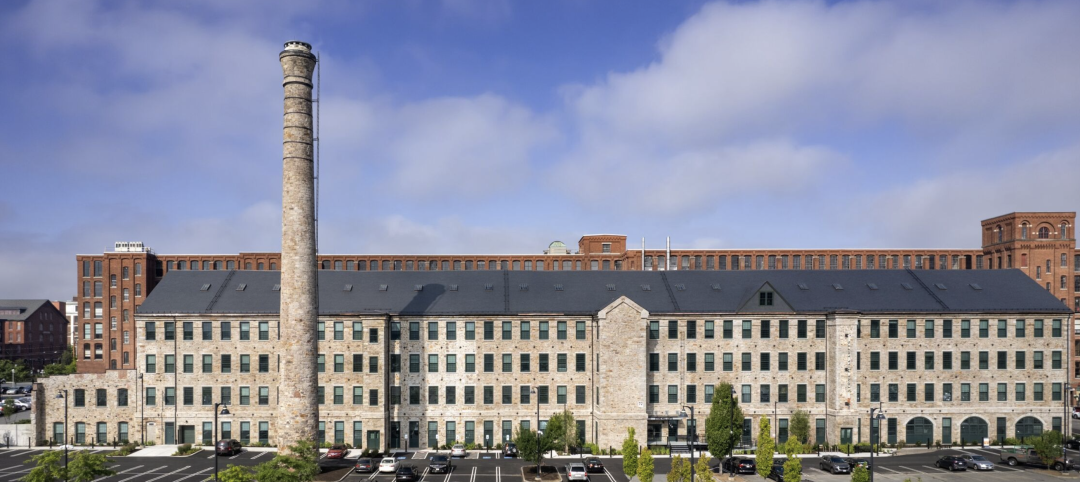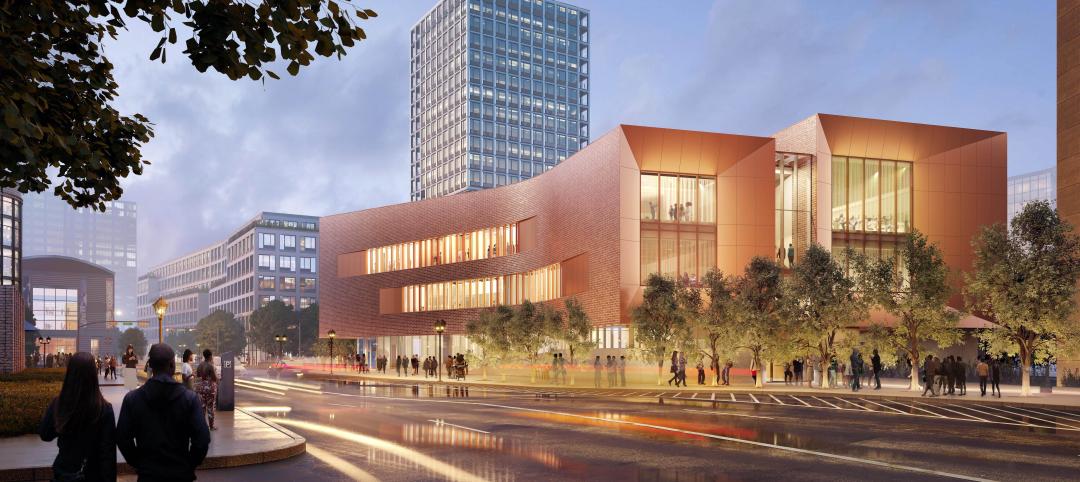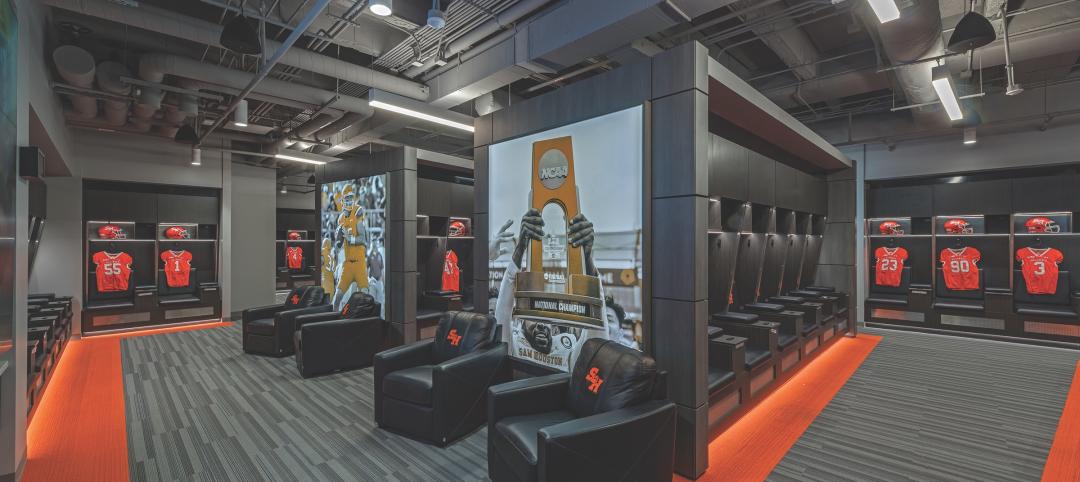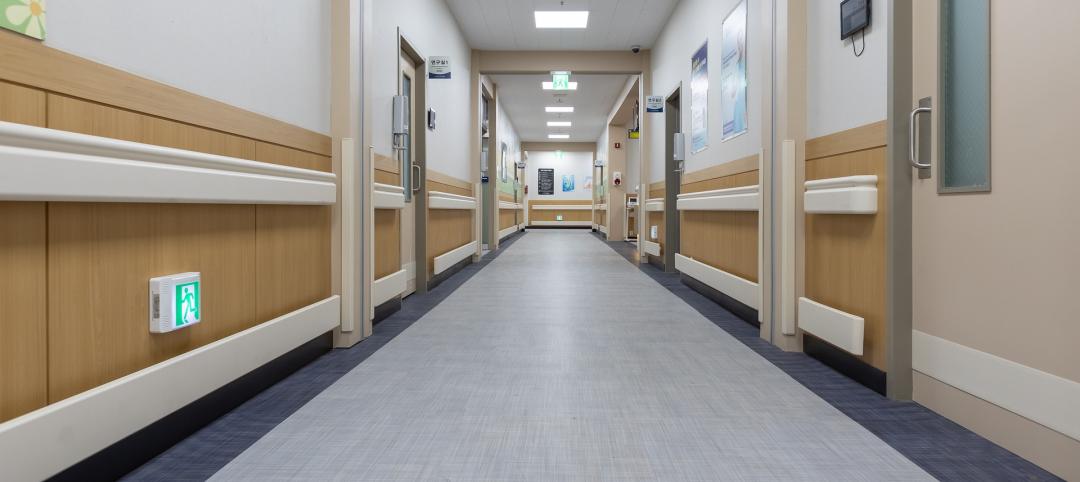WeWork, the global network of cosharing workspaces with office locations in 65 cities and 21 countries, announced today that Bjarke Ingels, the Founding Partner and Creative Director of the architectural firm BIG, is now its Chief Architect.
Ingels will continue in his current capacities at BIG, which has offices in New York, London, and Copenhagen. But he will also advise and develop WeWork’s design vision and “language” for buildings, campuses and neighborhoods.
The eight-year-old WeWork generated $900 million in revenue in 2017, a year it opened 90 buildings around the world. The company told Bloomberg that it wants double its office buildings to 400 by the end of 2018. The company’s scale has allowed WeWork to get its construction costs down to around $5,000 per desk, which at bigger locations could save more than $100,000. WeWork also has $4.4 billion in investment capital from Japan's SoftBank to play with.
Coincidentally, WeWork got started around the same time that Ingels relocated to New York from his native Denmark. Both WeWork and BIG have since been high-profile juggernauts. “They have accomplished incredible things and … are committed to continuing their trajectory to places we can only imagine,” said Ingels about WeWork. “I am very excited to contribute with my insights and ideas to extend their community-oriented vision to ground-up buildings and urban neighborhoods.”
Adam Neumann, WeWork’s Co-founder and CEO, says that Ingels has changed the way he and his company think about architecture. “His designs inspire as much as surprise.” As WeWork’s Chief Architect, Ingels “will help us reimagine and reshape the future of our spaces, our company, and ultimately our cities,” predicts Neumann.
Related Stories
Adaptive Reuse | Oct 22, 2024
Adaptive reuse project transforms 1840s-era mill building into rental housing
A recently opened multifamily property in Lawrence, Mass., is an adaptive reuse of an 1840s-era mill building. Stone Mill Lofts is one of the first all-electric mixed-income multifamily properties in Massachusetts. The all-electric building meets ambitious modern energy codes and stringent National Park Service historic preservation guidelines.
MFPRO+ News | Oct 22, 2024
Project financing tempers robust demand for multifamily housing
AEC Giants with multifamily practices report that the sector has been struggling over the past year, despite the high demand for housing, especially affordable products.
Performing Arts Centers | Oct 21, 2024
The New Jersey Performing Arts Center breaks ground on $336 million redevelopment of its 12-acre campus
In Newark, N.J., the New Jersey Performing Arts Center (NJPAC) has broken grown on the three-year, $336 million redevelopment of its 12-acre campus. The project will provide downtown Newark 350 mixed-income residential units, along with shops, restaurants, outdoor gathering spaces, and an education and community center with professional rehearsal spaces.
Office Buildings | Oct 21, 2024
3 surprises impacting the return to the office
This blog series exploring Gensler's Workplace Survey shows the top three surprises uncovered in the return to the office.
Healthcare Facilities | Oct 18, 2024
7 design lessons for future-proofing academic medical centers
HOK’s Paul Strohm and Scott Rawlings and Indiana University Health’s Jim Mladucky share strategies for planning and designing academic medical centers that remain impactful for generations to come.
Sports and Recreational Facilities | Oct 17, 2024
In the NIL era, colleges and universities are stepping up their sports facilities game
NIL policies have raised expectations among student-athletes about the quality of sports training and performing facilities, in ways that present new opportunities for AEC firms.
Codes and Standards | Oct 17, 2024
Austin, Texas, adopts AI-driven building permit software
After a successful pilot program, Austin has adopted AI-driven building permit software to speed up the building permitting process.
Resiliency | Oct 17, 2024
U.S. is reducing floodplain development in most areas
The perception that the U.S. has not been able to curb development in flood-prone areas is mostly inaccurate, according to new research from climate adaptation experts. A national survey of floodplain development between 2001 and 2019 found that fewer structures were built in floodplains than might be expected if cities were building at random.
Seismic Design | Oct 17, 2024
Calif. governor signs limited extension to hospital seismic retrofit mandate
Some California hospitals will have three additional years to comply with the state’s seismic retrofit mandate, after Gov. Gavin Newsom signed a bill extending the 2030 deadline.
MFPRO+ News | Oct 16, 2024
One-third of young adults say hurricanes like Helene and Milton will impact where they choose to live
Nearly one-third of U.S. residents between 18 and 34 years old say they are reconsidering where they want to move after seeing the damage wrought by Hurricane Helene, according to a Redfin report. About 15% of those over age 35 echoed their younger cohort’s sentiment.

















